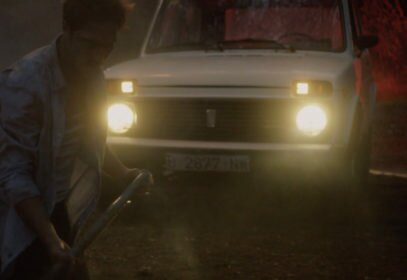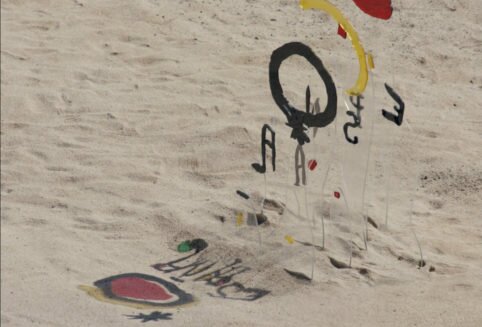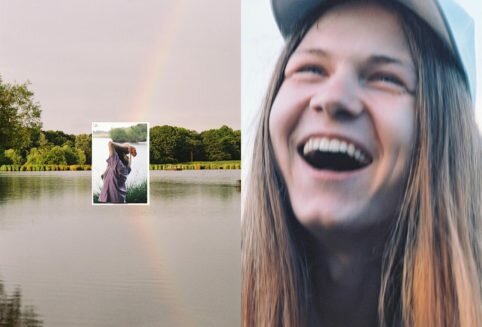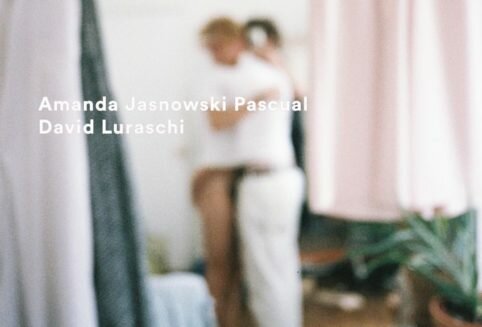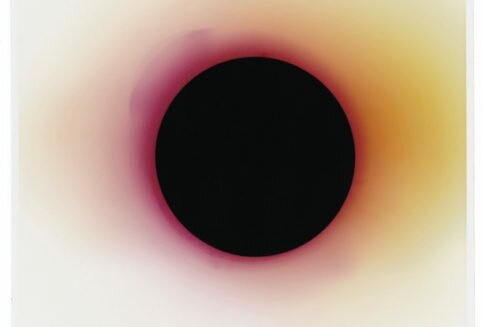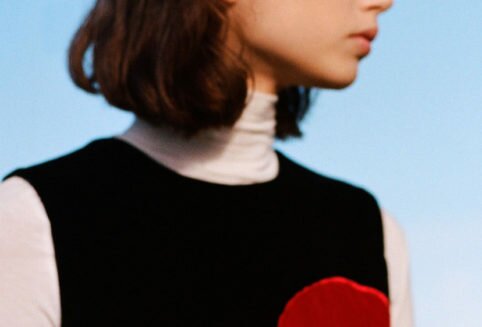The Chemical Bros.












Jean-Luc Nancy in his essay calls the body “a sack of musty odors and rumblings”. In other words, the body as we know is just what we can see and touch. “Muscles, tendons, nerves and bones, humors, glands and organs are cognitive fictions (…) the truth is skin”. Most of us never get past that skin-truth. When our experience extends beyond it to the sources of the rumblings –that is, when we come across a hole– then, more often than not, something is probably wrong.
We as humans naturally don’t like holes, or at least tend to fear them. Trypophobia is the name the internet has given to the discomfort brought on by clusters of small holes. This sounds like a absurdity at first, but there’s something inherently discomfiting about too many small holes too close together. Maybe not in a lotus pod or an empty pomegranate or a ; but always when those holes indicate decomposition, and especially when that decomposition is applied to the body. We don’t want our bodies to be enterable. To enter is to puncture and to bring closer to death. A hole in the body isn’t a window into the soul: it’s a window into death.
This is all a pretty miserable way to think about The Chemical Brothers & Beck’s new video for . Directed by Dom & Nic and put together by The Mill London, Wide Open is technically impressive and mostly beautiful: one shot of a dancer as she slowly dissolves into a hollow grid. Weightlessness and dissolution play with and against each other, battling it out between elegance and body horror. Unlike Darren Aronofsky’s , which focuses on cracking bones and wrong-way facing joints to weigh down weightlessness, Dom & Nic take bodily grace and dissolve it into theory. Their dancer starts out as a normal human but transforms into the generic conceptualization of transhuman potential. Or she becomes permeated into nothingness by a series of all-devouring holes. It depends how you want to think about it.
The modern world has made us all too familiar with the body as a grid. We see it at airports, in movies, in video games. Beyond Wide Open, we see it in music videos transformed past dance, like in and videos for FKA twigs. It can be liberating in a certain regard, horrifying in another. Either it’s a reduction of the supposedly real to the confines of a conceptual system, or it’s a liberation from physical restraint, a reconstruction of the self that theorizes itself out of base corporeality and into pure spirit. It’s a body that can go anywhere, move through anything, do anything it wants; even split off from itself. It leaves behind skin-truth and moves into Truth abstracted.
A body that’s both grid and skin then is the worst of both worlds. It’s limited to the corporeal, but reduced to the theoretical. It has all the emptiness of freedom but remains at the mercy of physicality. It’s a generic body that could be anyone’s anywhere, but it’s still only yours and will only ever be yours. It’s a body pierced by an unlimited series of holes that show you what we ultimately are: permeable, decaying, generic in death, empty. It’s a body that can still be touched, but there’s nothing left to touch.
A body of grids then, or a body of holes, is a body that should be touched but can’t. A hole is ultimately something that should be filled (if it shouldn’t be filled, then it stops being a hole and becomes the vessel surrounding it). A body that’s nothing but holes is a body that ought to be there. The grid that delineates that not-there is the remnant of what was there. Or it’s a parody of what was never there, the self-conscious failure of the non-present non-hole’s attempt to manifest itself.
How ever we think about it, though, we can be reassured that the body as we experience it is more than a grid of holes. In fact it’s more than skin and rumblings, and it takes considerable technology to effectively reduce it to anything less. Part of watching a video like Wide Open is the technical wonder of the experience. Alongside my emotions and my discomfort I’m forced to ask myself “how did they do that?”. It antagonizes reality, and that antagonism is what makes it unnerving.
To show a body like Wide Open shows it is unnatural. Unnatural to the point of impossibility. The body isn’t a weightless thing and it’s not an empty thing and when you touch one it becomes pretty clear that it’s not just something you construct for yourself. The trypophobic horror, then, is a reassurance of what it’s not. For a hole to be a hole, it has to be an absence, and for their to be an absence there has to have been something there in the first place. That we have to fight to make that something disappear –that insects have to burrow, that nails have to pierce, that CGI editors have to agonizingly chisel away– demands us to see the solidity of the body. Sure it can be broken, sure it can be obliterated, but it can’t be empty. It’s too very much there.







